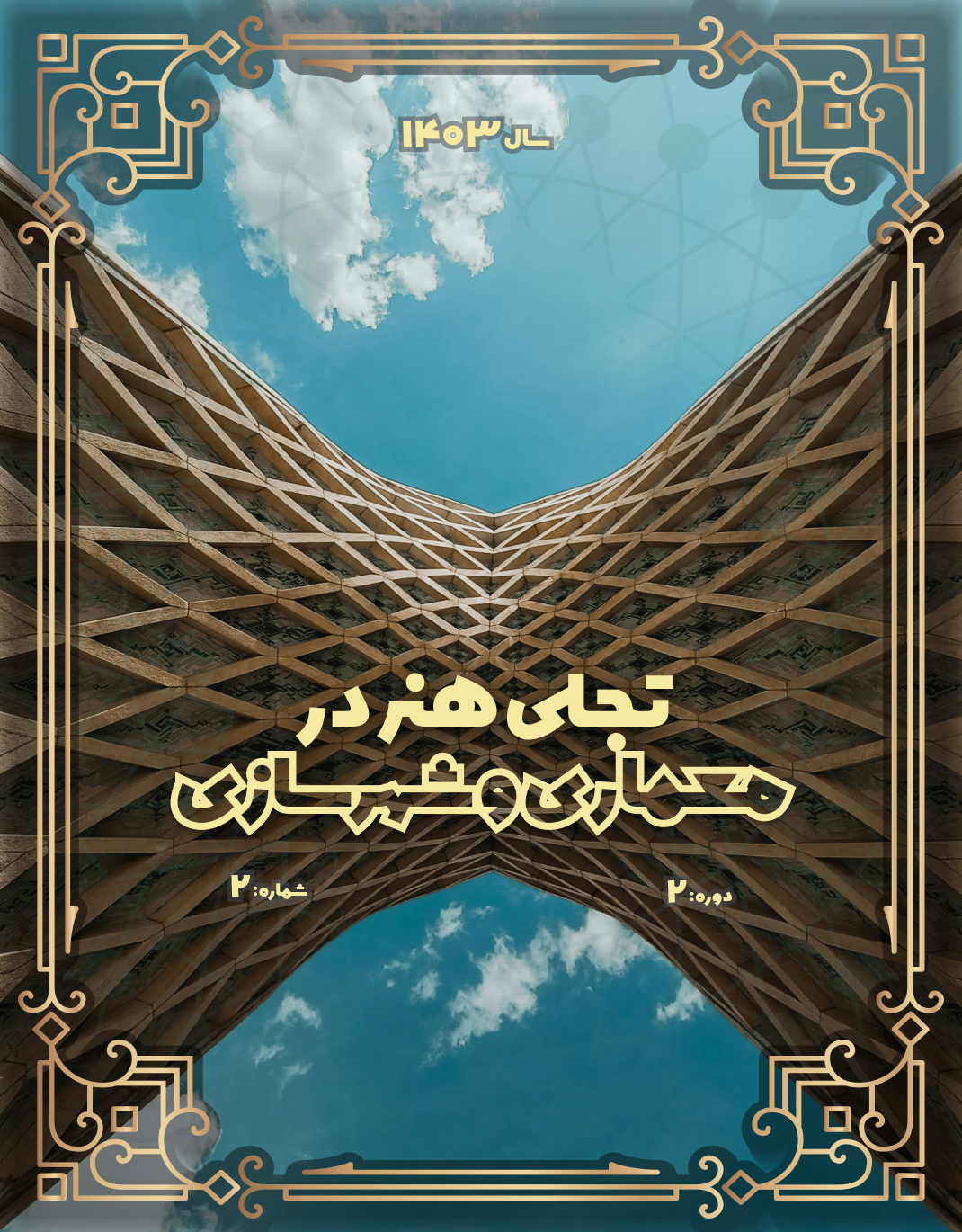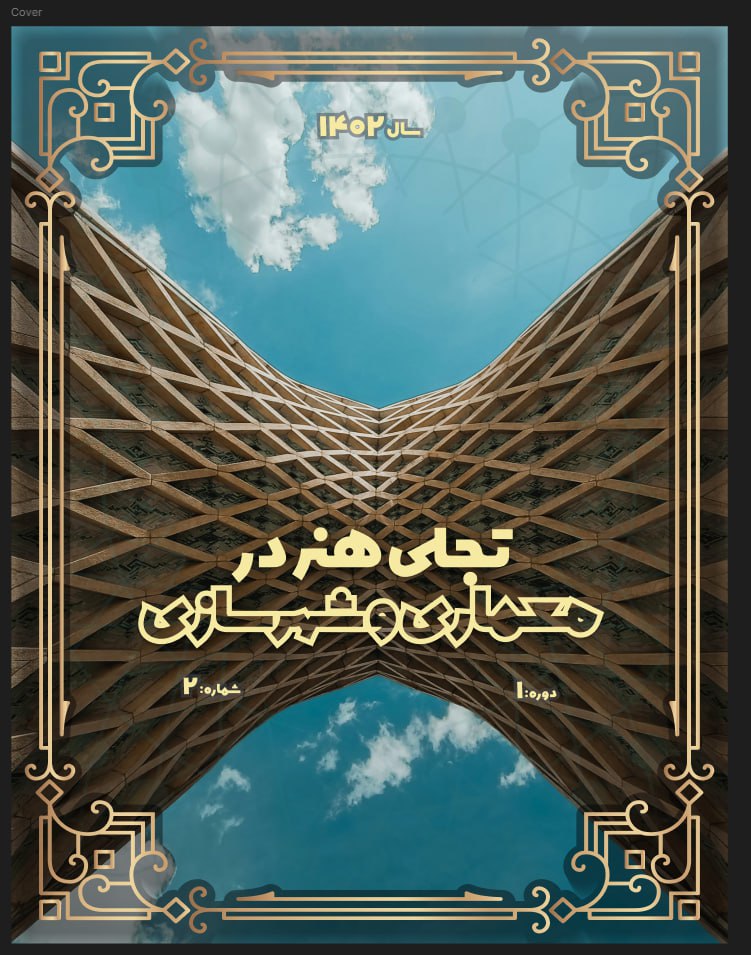Evaluation and Analysis of Land Use Changes and Their Impacts on Habitat Quality (Case Study: Talar Watershed, Mazandaran Province)
Keywords:
Land degradation, satellite imagery, land-use scenarios, InVESTAbstract
Significant transformations in land use over recent decades have posed serious challenges to the capacity of ecosystems to deliver essential services. Therefore, it is crucial to assess the impact of such changes on ecosystem services more precisely. The present study aimed to forecast future land use maps by employing the Scenario Generator tool within the InVEST software, allowing for the extraction and analysis of past and present land use maps. Additionally, the Habitat Quality tool of the same software was utilized to evaluate the effects of land use changes on habitat quality in the Talar watershed, located in Mazandaran Province. The findings revealed that the unrestrained expansion of agricultural lands and residential areas—particularly during the 2024 to 2044 period—leads to a decline in habitat quality, a trend most evident in the northern and eastern zones of the study area. Furthermore, land degradation intensified during this same period. The results indicate that human activities aimed at ensuring the welfare and nourishment of a growing population have replaced natural landscapes with agricultural lands and residential zones. These alterations have resulted in land degradation and a decrease in the quality of habitats for both flora and fauna. If the current trend continues, the extinction of native species in the near future is highly probable. Therefore, it is imperative to implement principled and comprehensive management strategies to conserve and rehabilitate natural landscapes—especially forested areas—thus paving the way for the improvement and enhancement of these regions, and ensuring the protection of species that naturally inhabit them.
Downloads
Downloads
Published
Submitted
Revised
Accepted
Issue
Section
License
Copyright (c) 2024 فردین رحمان نژاد, محمد جواد امیری, احمد نوحه گر, غلامرضا نبی بید هندی (نویسنده)

This work is licensed under a Creative Commons Attribution-NonCommercial 4.0 International License.










